- Home
- slideshows
- miscellaneous
- The history of the US Army's uniforms since 1776, in images and depictions
The history of the US Army's uniforms since 1776, in images and depictions
Revolutionary War (1775)

War of 1812 (1812)
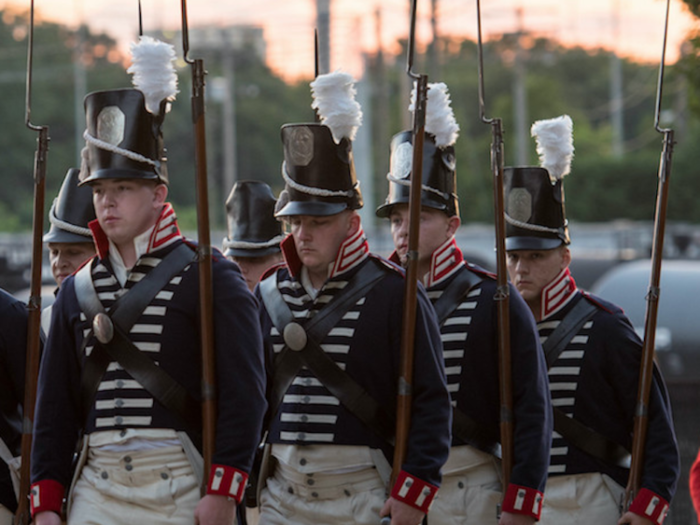
Following the War of 1812, the US Army again updated and standardized its uniforms. The new ones were noted for their blue wool coats that featured high-necked collars and front-facing buttons. In some cases, when blue wool could not be found, gray wool was used. These coats were also matched with "tombstone" shako caps.
Mexican-American War (1845)
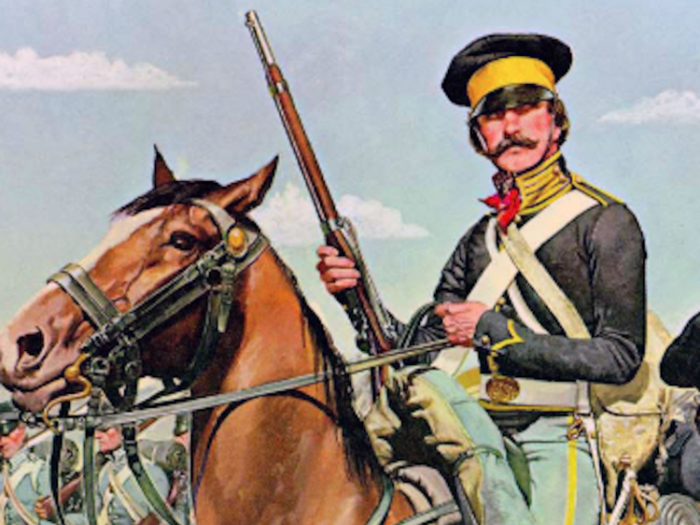
By the Mexican-American War in 1845, the US Army uniform featured another set of changes. Soldiers began wearing roundabouts, which were primarily made of blue wool. Additionally, the pants would feature vertical stripes and chevrons on their sleeves in yellow that would mark their ranks. The Army also replaced tombstone caps with forage folding caps.
Civil War (1861)
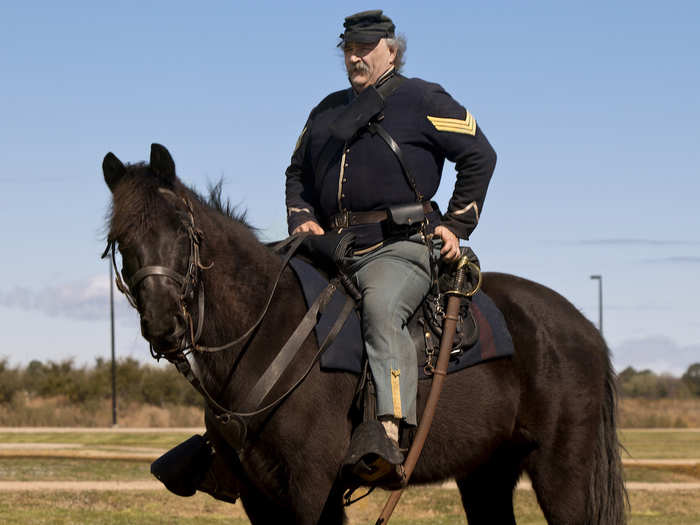
During the American Civil War, the uniform of soldiers featured some changes from the Mexican-American War. Primarily, different hats were put into service, and soldiers began fielding brass branch insignia to showcase their units. But due to the nature of the conflict, a wide variety of uniforms were fielded by soldiers.
Spanish-American War (1898)
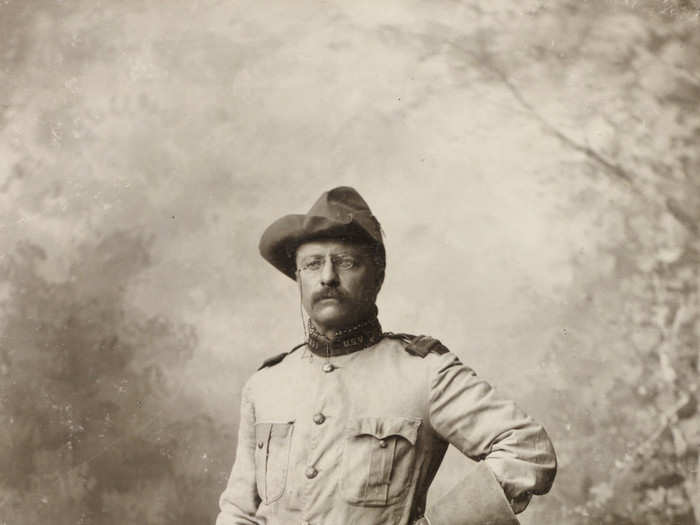
The Spanish-American War featured major changes. Uniforms at this point were replaced by khaki field uniforms that were inspired by the British pattern. The material of the uniforms at this time shifted from wool to cotton, and special campaign hats were issued. Between 1898 and 1899, there were at least four patterns of khaki field service coats.
World War I (1914)
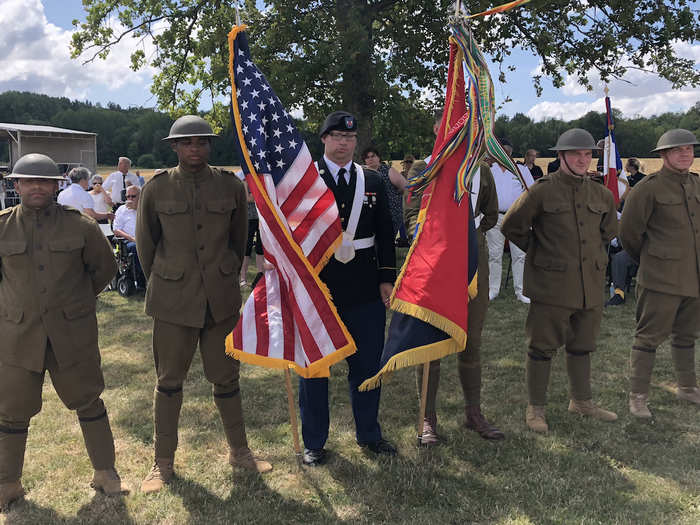
The uniforms of World War I are largely recognizable. The khaki fatigues from the Spanish-American War were largely unchanged, although the color shifted from brown to olive. Soldiers also wore puttees around their legs and adapted the Brodie Helmet from the British.
World War II (1939)

World War II saw similar uniforms, although the Brodie Helmet was replaced with the M1 helmet. A light windbreaker was also developed to replace the Army's wool jacket. And specialized uniform elements, such as parachute jumper coats, were also developed for the increasingly specialized roles in the Army.
Korean War (1950) and Vietnam War (1955)
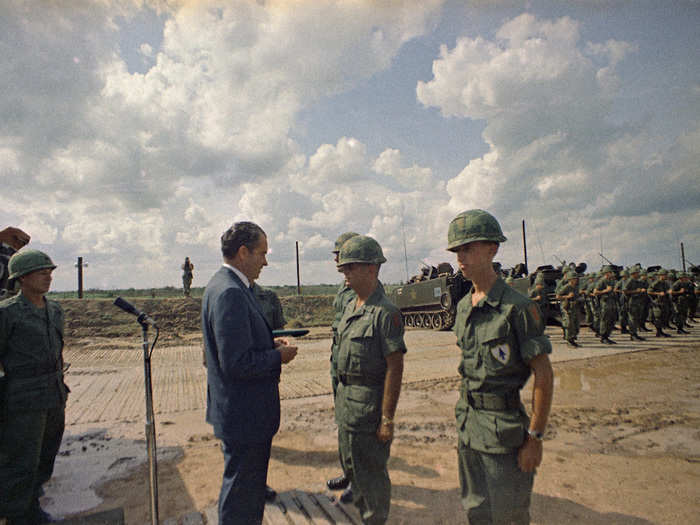
The US uniforms for the Korean and Vietnam Wars were similar. By 1952, the US Army used the olive green utility uniform, which would be used for both conflicts. The Korean War also saw the introduction of Combat and Cargo Packs for soldiers.
Desert Storm (1990)
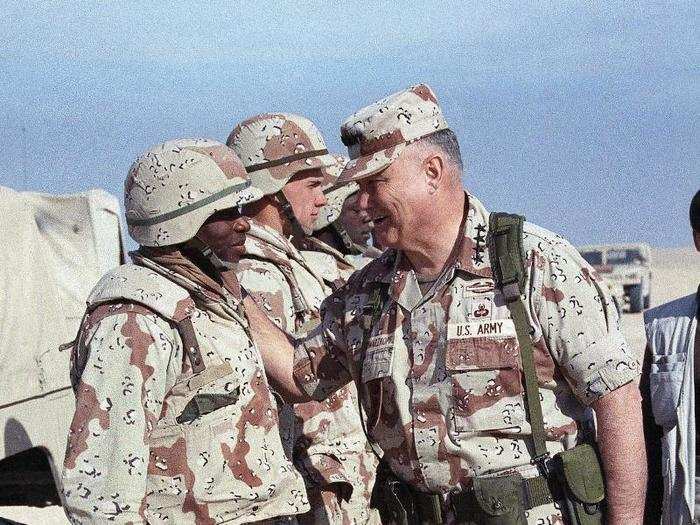
By Desert Storm in 1990, the Army had adapted a range of camouflage patterns. At first, these patterns included the woodland and three color desert patterns. The new uniforms also featured some stylistic changes such as reducing the size of the collar.
Army Combat Uniform (2004)
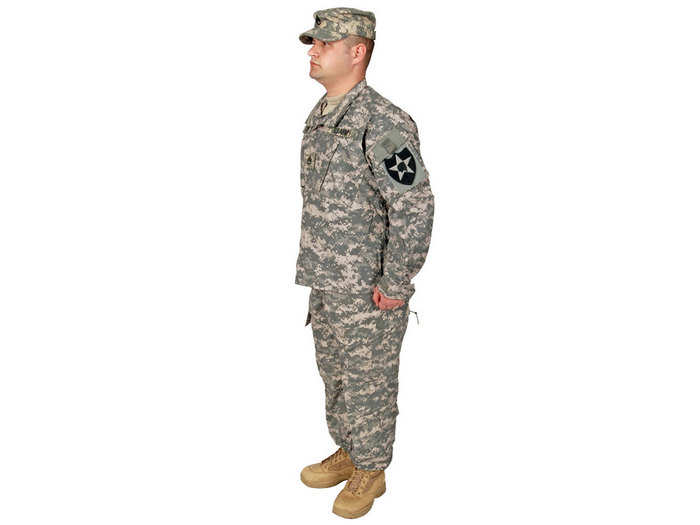
The Army has consistently changed camouflage patterns since 1991. In 2004, the Army introduced the Army Combat Uniform (ACU), which was modeled after the Marine's digital pattern uniform. The full ACU includes moisture wicking socks and T-shirt, coat, pants, combat boots, and a patrol cap.
Operational Camouflage Pattern (2015)

The camouflage pattern for the Army Combat Uniform has since changed at least two times, starting with the Operation Enduring Freedom, or Multicam, pattern in 2010.
In 2015, the Army changed the ACU pattern to the Operational Camouflage Pattern, which became mandatory on Oct. 1.
The new pattern's colors vary by location — desert vs. forest, for example — but it generally has a four-to-six color palette incorporating greens, beiges, browns, tans and greys.
The OCP "has been optimized for performance across all the military operating environments that the Army may face. It has also been optimized for night-time operations," Col. Bob Mortlock with the Army's Project Manager Soldier Protection and Individual Equipment told Military.com in 2015 about the differences between OCP and Multicam patterns.
In May, the Air Force announced that it would also adopt the Army's OCP.
Popular Right Now
Popular Keywords
Advertisement